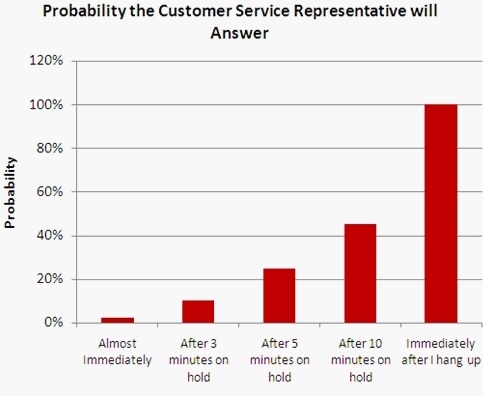7 Ways to Brand your Website with Irresistible Charm
You’ve heard the phrase all too often – give your customers what they want and they’ll keep them coming back for more.
Quite candidly, there are more hooks, angles, and stories, all vying for attention, than ever before.
But your website is the one place that gives your customers a glimpse into just how much you *really* know them. It’s a way to say to them, ‘I completely relate to you and I know how to help.’
But what exactly makes potential customers come back for more?
It’s that irresistible charm of course!
We’ll explore 7 different ways to give your customers the most outstanding experience with your website. And let’s face it, at a time when customer service has dimmed to the point of a darkened tunnel, your business and your website will be like a welcomed bright light.
1. Have an irresistible, can’t stop looking at it, home page. 3 seconds. Just 3 seconds. That’s literally all the time you’ve got to: 1. Catch your visitors attention and 2. Intrigue them enough to want to learn more about your business.
An irresistible home page tells your prospects who you are, what you do and how you can help THEM.
A clean and simple design with the benefits of your product or service, testimonials and how to get started are all key features of an irresistible home page.
2. Show them you care. Because we are in the business of solving problems, what’s the absolute biggest problem that your product or service solves for your customers? What’s the one thing that your customer or potential customers complain about the most? What is the thing that they are literally banging their heads against the wall about?
This is the very problem that you need to address right up front. You make their lives easier, you take away the headaches, you give them the time to take vacations or relieve the pain they’ve suffered with for years.
Address this up front and show them that you completely understand them.
3. Make your customer the hero, not you. In a recent article in Inc., Geoffrey James puts your company story to the test. “If you want customers to buy, you must tell a story where the customer is the hero–not you… In stories, the hero (or heroine) is the star, the person who takes action to overcome obstacles in order to win the prize. Along the way, the hero typically meets enemies and helpers, but the story is about the hero, not about the other characters.”
Essentially, “you should tell a story where you, your company, and your product play a supporting role in making the customer into a hero.”
4. Create a call to action that truly calls out to them. Before you automatically think, call to action = big red flashing button that says ‘click here for more info’, consider this: your call to action is another way to really show how much you ‘get’ your customers.
Here’s what we mean…
Your typical call to action is a red button, like this:
But look at the different that incorporating your customers feelings makes:
or
This shows that you understand them, that they are pressed for time and you will help make their lives easier.
5. Have an effective video showing them exactly what your business can do for them. These problems that your business is solving? They are the very things that a quick, easy to watch video can address. The pain points that they have? Your video is an opportunity to speak their language, make them the hero and show them how your product or service can completely ease their pain.
Make them the hero of the story you tell in the video and they will become customers quicker than the next cat video is published.
6. Clearly call out to your target market; and don’t be afraid to address the ones who may not benefit from your business. While we’d like to think we want everyone as a customer, there are times when your services or products just simply may not be right for a customer, for whatever reason.
If you really don’t have the capability to handle enterprise level customers, then say so.
This is the true definition of knowing your customer.
7. How available are you, really? If you have a phone number on your website, do you really answer it? Or does a voicemail usually pick it up?
Having the contact information on your website is not enough, you have to actually BE available for when the customer calls or messages you.
What is your response time? If you can ‘show off’ your response time on your website, then by all means show it off. And even better, how about adding your social accounts on your contact form as well? Give your customers more than one way to get in touch with you.
So what is your next step? These points are all well and good, but where do you go from here?
Take a good hard look at your website from your customers point of view. Does it convey a true understanding of them and their needs? Or can it be polished to really grab their attention?
Because ultimately, once your offer lines up with their needs, then they see you as the answer to their problems.
And then, in their eyes, you are golden.











